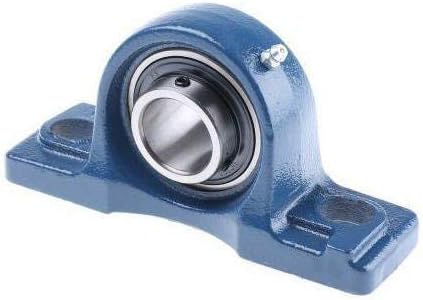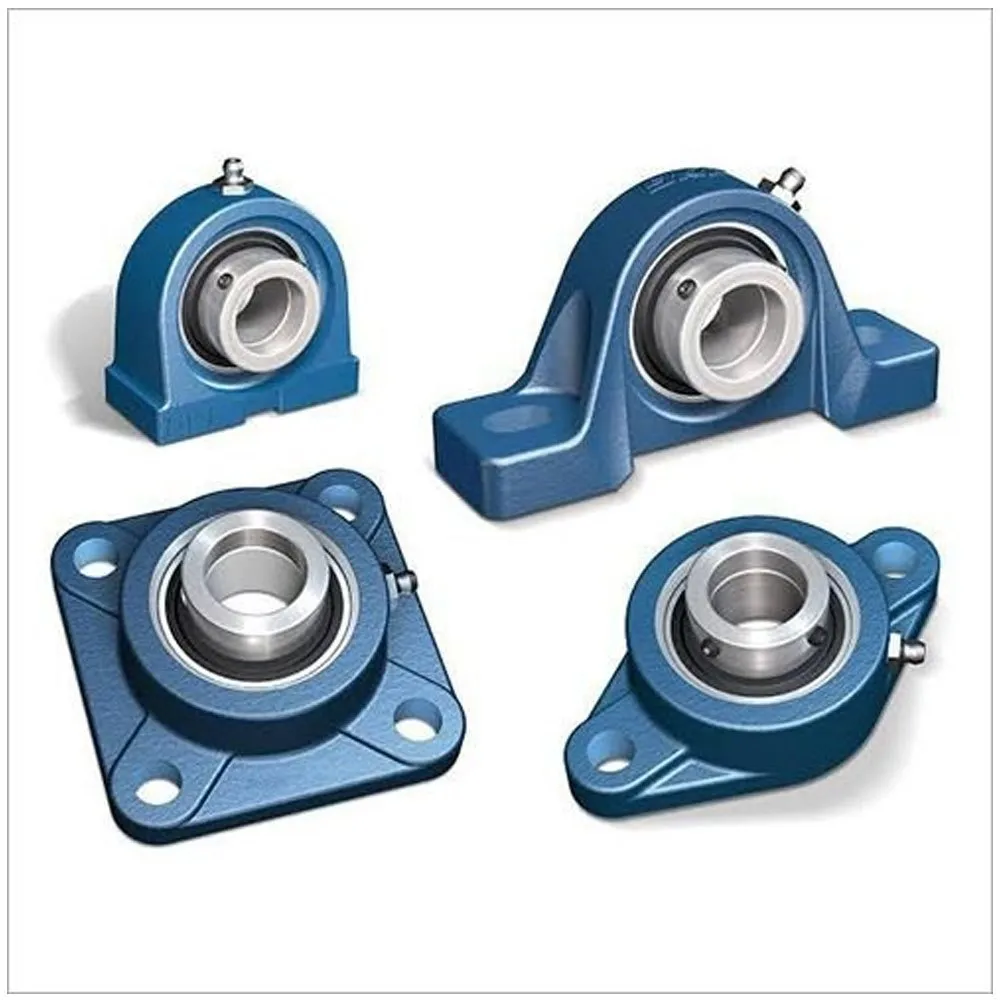Product Description
Linear Slide Block EG15 Bearing Carriage EGH15SA EGH15CA
Product Description
low assambly linear CZPT
| size | EGH15CA | EGH15SA |
| maximum length of rail | 4000mm | 1000mm |
| OEM | yes | |
| factory directly sale | yes |
Detailed Photos
Product Parameters
Packaging & Shipping
Company Profile
ZheJiang SAIR MECHANICAL XIHU (WEST LAKE) DIS. CO.,LTD
ZheJiang SAIR IMPORT&EXPORT TRADING CO.,LTD
ZheJiang Sair group has 2 subsidiaries, 1 is ZheJiang Sair Mechanical Xihu (West Lake) Dis. Co., Ltd, which is mainly responsible for the production, and the other 1 is ZheJiang SAIR IMPORT&EXPORT TRADING CO.,LTD., which functions as our platform of international business.
ZheJiang Sair Mechanical Xihu (West Lake) Dis. Co., Ltd is 1 of the largest linear CZPT and ball screw manufacturer in China. With strong technical strength, advanced production equipments, and perfect after-sale services, our company is the leading precision machinery manufacturer, which have research and development, manufacturing, sales, service all in one. Our high-quality products are not only popular all over the country, but also exported to Europe, Americas, Southeast Asia, Africa etc. , totally more than 70 countries globally. Our products have good performance and are highly trusted and admired by all the domestic & overseas customers.
Our Advantages
we produce and export CNC parts, please contact with me when you have any needs!
/* January 22, 2571 19:08:37 */!function(){function s(e,r){var a,o={};try{e&&e.split(“,”).forEach(function(e,t){e&&(a=e.match(/(.*?):(.*)$/))&&1
| Application: | Warehouse Crane, Shipboard Crane |
|---|---|
| Material: | Steel |
| Structure: | Bridge Crane |
| Samples: |
US$ 10/Piece
1 Piece(Min.Order) | Order Sample according to customer′s requirements
|
|---|
| Customization: |
Available
| Customized Request |
|---|
.shipping-cost-tm .tm-status-off{background: none;padding:0;color: #1470cc}
|
Shipping Cost:
Estimated freight per unit. |
about shipping cost and estimated delivery time. |
|---|
| Payment Method: |
|
|---|---|
|
Initial Payment Full Payment |
| Currency: | US$ |
|---|
| Return&refunds: | You can apply for a refund up to 30 days after receipt of the products. |
|---|

How do I replace a block bearing?
Replacing a block bearing involves a series of steps to ensure proper removal of the old bearing and installation of the new one. Here’s a detailed explanation of the process for replacing a block bearing:
- Gather the Required Tools: Before starting the replacement process, gather all the necessary tools and equipment. This may include wrenches, sockets, a puller or press (if needed), lubricants, cleaning materials, and safety gear such as gloves and goggles.
- Prepare the Work Area: Clear the area around the machinery and ensure a clean and safe workspace. This will make it easier to access the bearing and perform the replacement without any obstructions.
- Disconnect Power and Lockout/Tagout: If the machinery is powered, disconnect the power supply and follow appropriate lockout/tagout procedures to ensure the equipment cannot be accidentally started while you are working on it. This step is crucial for your safety.
- Remove External Components: If there are any external components or accessories attached to the block bearing, such as seals, covers, or locking devices, remove them using the appropriate tools.
- Secure the Shaft: Depending on the design of the machinery, you may need to secure the shaft to prevent it from rotating during the bearing removal process. This can be done using shaft clamps or other suitable methods.
- Remove the Old Bearing: Use the appropriate tools to remove the old bearing from the housing. This may involve loosening locking devices, such as set screws or eccentric collars if present, and applying force evenly to remove the bearing from the shaft.
- Clean and Inspect: Once the old bearing is removed, thoroughly clean the housing, shaft, and surrounding components. Inspect them for any signs of damage or wear that may need to be addressed before installing the new bearing.
- Apply Lubrication: Apply the appropriate lubrication to the housing, shaft, and the new bearing. Refer to the manufacturer’s guidelines for the recommended lubricant type and amount.
- Install the New Bearing: Carefully install the new bearing into the housing, ensuring it is properly aligned and seated. Use the appropriate tools or techniques to secure the bearing in place according to the manufacturer’s instructions. This may include tightening set screws, applying locking devices, or using press-fit methods if necessary.
- Reattach External Components: Once the new bearing is properly installed, reattach any external components or accessories that were removed earlier, such as seals or covers.
- Perform Functionality Checks: Before restoring power or resuming operation, perform functionality checks to ensure the new bearing is functioning correctly. Rotate the shaft manually to verify smooth operation, check for any abnormal noises or vibrations, and confirm that the bearing is properly secured.
- Restore Power and Test: If everything checks out, restore power to the machinery and conduct thorough testing to ensure the replacement bearing is operating as expected. Monitor the machinery closely during the initial period of operation to ensure there are no issues.
It’s important to note that the above steps provide a general guideline for replacing a block bearing. The specific process may vary depending on the machinery design, manufacturer guidelines, and any unique considerations related to the application. Always refer to the manufacturer’s instructions and follow proper safety protocols when performing any maintenance or replacement tasks.

How do block bearings cope with misalignment issues?
Block bearings are designed to cope with misalignment issues to a certain extent. While they are not intended to compensate for significant misalignments, they do possess some inherent features that allow them to accommodate minor misalignments between the shaft and the housing. Here are some ways in which block bearings cope with misalignment:
1. Self-Alignment: Some block bearings, such as self-aligning block bearings, have a spherical outer diameter or a convex spherical surface on the inner ring. This design allows the bearing to self-align to a certain degree, compensating for minor misalignments between the shaft and the housing. Self-aligning block bearings are particularly useful in applications where shaft deflection or misalignment is expected.
2. Floating Design: Block bearings often have a floating design, which means that the bearing insert is not rigidly fixed within the housing. Instead, it is allowed to move slightly within the housing. This floating arrangement helps to accommodate minor misalignments by allowing the bearing to adjust its position and angle slightly, reducing the stress and friction caused by misalignment.
3. Lubrication and Reduced Friction: Adequate lubrication is crucial for block bearings to cope with misalignment. Proper lubrication helps to reduce friction and wear, which can be exacerbated by misalignment. The lubricant forms a thin film between the rolling elements and the raceways, allowing them to roll smoothly and reducing the impact of misalignment on the bearing’s performance.
4. Elastic Deformation: In some cases, the materials used in block bearings, such as the housing or the bearing insert, may have some degree of elasticity. This elastic deformation can help to absorb and accommodate minor misalignments by allowing the bearing components to flex slightly, reducing stress concentrations.
Despite these coping mechanisms, it is important to note that block bearings have limitations when it comes to misalignment. Excessive or severe misalignment can lead to increased friction, accelerated wear, and premature failure of the bearing. Therefore, it is generally recommended to align the shaft and the housing as accurately as possible during installation to minimize misalignment and maximize the performance and lifespan of the block bearing.
Proper installation practices, including the use of alignment tools and following manufacturer guidelines, can help ensure the alignment is within acceptable tolerances. Regular inspection and maintenance should also be performed to detect and address any misalignment issues that may arise over time.
When encountering significant misalignment or when misalignment becomes a recurring problem, it may be necessary to consider alternative solutions such as flexible couplings or other alignment devices to address the underlying causes of misalignment and protect the block bearing from excessive stress and premature failure.

What are the common applications of block bearings?
Block bearings, also known as pillow block bearings, are widely used in various industrial applications where there is a need to support and guide rotating or oscillating shafts. These bearings offer stability, load-carrying capacity, and ease of installation. Here’s a detailed explanation of the common applications of block bearings:
- Conveyor Systems: Block bearings are extensively used in conveyor systems found in industries such as manufacturing, mining, and logistics. They provide support and smooth motion for the conveyor belts, allowing efficient material handling and transportation.
- Fans and Blowers: Block bearings are commonly employed in industrial fans, blowers, and HVAC systems. They help support the rotating shafts of the fan blades, ensuring smooth operation and minimizing vibration.
- Pumps and Compressors: Block bearings find applications in pumps and compressors, where they support the rotating shafts and help maintain the fluid or gas flow. These bearings are essential for efficient operation and reliability in various industries, including oil and gas, water treatment, and HVAC.
- Agricultural Machinery: Block bearings are used in agricultural equipment such as harvesters, tractors, and irrigation systems. They provide support for shafts and rotating components, enabling efficient operation in demanding agricultural environments.
- Food Processing Equipment: The food processing industry often utilizes block bearings in equipment like mixers, conveyors, and packaging machinery. The bearings used in these applications are typically made of food-grade materials and designed to withstand frequent cleaning and sanitization.
- Material Handling Equipment: Block bearings are employed in a wide range of material handling equipment, including forklifts, cranes, and hoists. These bearings support the shafts and mechanisms involved in lifting, moving, and positioning heavy loads.
- Mining and Construction Machinery: Block bearings are used in heavy-duty equipment found in the mining and construction industries. They provide support and smooth rotation for components like conveyor systems, crushers, and excavators, enabling efficient operation in harsh environments.
- Printing and Packaging Machinery: Block bearings are utilized in printing presses, packaging machines, and paper processing equipment. They help support the rotating shafts and rollers, ensuring precise motion and reliable operation during printing, packaging, and paper handling processes.
- Textile Machinery: Block bearings are commonly employed in textile machinery, including spinning machines, weaving looms, and dyeing equipment. They support the rotating shafts and spindles, allowing smooth and precise movement during textile production processes.
- Automotive and Transportation: Block bearings are used in various automotive applications, such as wheel hubs, suspension systems, and transmission components. They provide support and enable smooth rotation in the automotive industry, ensuring reliable performance and comfort.
These are just a few examples of the common applications of block bearings. Due to their versatility, durability, and ability to handle substantial loads, block bearings are employed in numerous industries and equipment types where rotational motion support is required.


editor by CX 2024-05-08